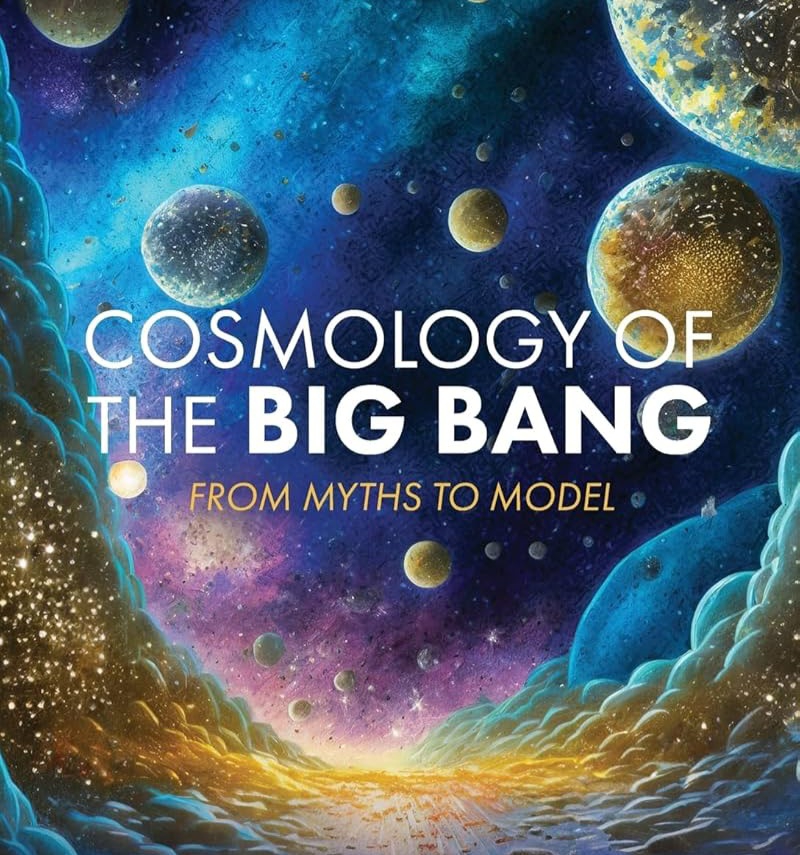Philosophical Implications of Space Exploration**
- **The Overview Effect:**
- **Definition:** A cognitive shift in awareness reported by astronauts when viewing Earth from space, characterized by a sense of interconnectedness and the fragility of our planet.
- **Impact:** Promotes a global perspective, emphasizing the unity of humanity and the importance of protecting our shared environment.
- **Human Significance in the Universe:**
- **Anthropic Principle:** Suggests that the universe must be compatible with the conscious beings that observe it. It raises questions about whether the universe is fine-tuned for life or if our existence is a mere coincidence.
- **Cosmic Insignificance:** The vastness of the universe and the potential existence of other intelligent life challenge the notion of human centrality, prompting reflections on our place in the cosmos.
- **The Search for Extraterrestrial Intelligence (SETI):**
- **Philosophical Questions:** The potential discovery of extraterrestrial life would have profound implications for our understanding of life, intelligence, and our place in the universe.
- **Fermi Paradox:** Questions why, given the high probability of extraterrestrial civilizations, we have not yet detected any signs of them. This paradox leads to philosophical debates about the nature of life, intelligence, and the future of humanity.
- **Existential Risks:**
- **Definition:** Risks that could cause human extinction or permanently and drastically curtail humanity’s potential, such as asteroid impacts, supernovae, or gamma-ray bursts.
- **Philosophical Implications:** Considerations about how humanity should prioritize space exploration and planetary defense to safeguard our future.
#### **2. Ethical Considerations in Space Colonization**
- **Planetary Protection:**
- **Definition:** The practice of safeguarding other planets and celestial bodies from contamination by Earth life and vice versa.
- **Forward Contamination:** Introducing Earth organisms to other planets, which could disrupt potential alien ecosystems and hinder scientific exploration.
- **Backward Contamination:** Bringing extraterrestrial organisms back to Earth, posing risks to our biosphere.
- **Ethics of Terraforming:**
- **Definition:** The process of altering a planet’s environment to make it habitable for human life.
- **Debate:**
- **Pro-Terraforming:** Advocates argue that it’s necessary for human survival and the expansion of life beyond Earth.
- **Anti-Terraforming:** Critics contend that we may have a moral obligation to preserve other planets in their natural state, especially if they harbor microbial life.
- **Ownership and Resource Exploitation:**
- **The Outer Space Treaty (1967):**
- **Principle:** Declares that outer space, including the Moon and other celestial bodies, is the province of all humankind, and prohibits national appropriation by sovereignty, use, or occupation.
- **Resource Mining:**
- **Ethical Dilemmas:** Who owns the resources on asteroids, the Moon, or Mars? The implications of exploiting these resources could lead to conflicts or reinforce global inequalities.
- **Common Heritage Principle:** Suggests that space resources should be used for the benefit of all humanity, not just a few.
#### **3. Protection of Planetary Environments and Astrobiological Integrity**
- **Preservation of Extraterrestrial Ecosystems:**
- **Moral Considerations:** If extraterrestrial life exists, do we have the right to alter or destroy its environment? The discovery of even microbial life would raise significant ethical questions about our interactions with other planets.
- **Astrobiological Integrity:** The principle that the natural state of celestial bodies should be preserved to allow for the study of extraterrestrial life forms and ecosystems, free from contamination by Earth life.
- **Biosignature Preservation:**
- **Definition:** Signs of past or present life that must be protected to maintain scientific integrity in the search for life beyond Earth.
- **Challenges:** Space missions must carefully avoid contaminating potential biosignature sites, ensuring that any discoveries are genuinely extraterrestrial and not the result of human interference.
- **Environmental Stewardship:**
- **Ethical Responsibility:** As humanity expands into space, there is a growing recognition that we must act as stewards of other worlds, minimizing our impact and protecting the cosmic environment.
- **Sustainability in Space:** Ensuring that space activities do not lead to long-term environmental damage, such as space debris, which can threaten future missions and the habitability of space itself.
#### **4. Responsibility of Humanity in Exploring and Utilizing Space**
- **Space as a Global Commons:**
- **Definition:** The idea that space belongs to all of humanity and should be used for peaceful purposes and the benefit of all people, not just a select few.
- **Peaceful Use of Space:** International agreements emphasize that space should be used for peaceful purposes, prohibiting the placement of weapons of mass destruction in orbit or on celestial bodies.
- **Ethics of Space Militarization:**
- **Concerns:** The weaponization of space could lead to conflicts and threaten global security. Ethical debates focus on how to prevent an arms race in space while ensuring national and global security.
- **International Cooperation:** Promoting collaboration among nations in space exploration to prevent conflicts and ensure that the benefits of space exploration are shared globally.
- **Inclusion and Equity in Space Exploration:**
- **Access to Space:** Ensuring that all nations, regardless of economic status, have the opportunity to participate in space exploration and benefit from its advancements.
- **Equitable Distribution of Benefits:** The ethical responsibility to ensure that the benefits of space exploration, such as new technologies and resources, are shared fairly among all of humanity.
- **Long-Term Vision for Humanity:**
- **Cosmic Responsibility:** The idea that as we become a spacefaring species, we have a responsibility to use our knowledge and resources to protect life, preserve the environment, and promote peace both on Earth and beyond.
- **Ethical Legacy:** The actions we take in space exploration will define humanity’s legacy. Ethical considerations should guide our decisions to ensure that future generations can thrive in a sustainable and peaceful space environment.









